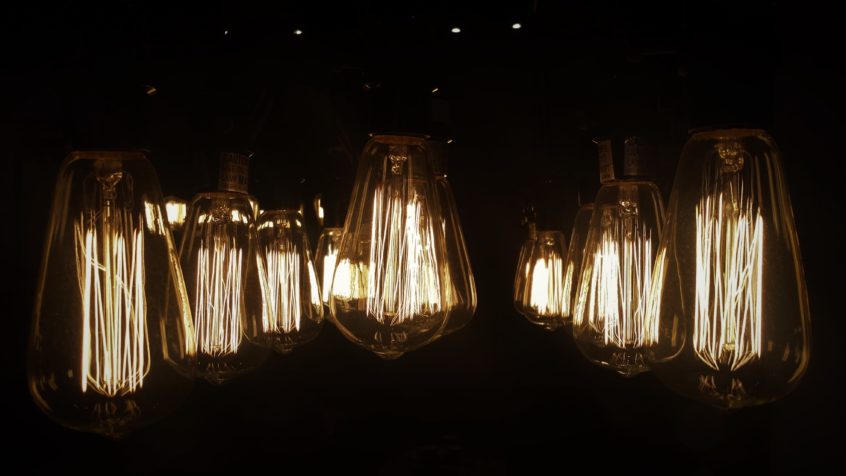The number of light bulb and other lighting products has expanded exponentially over the years. Earlier generations only had to choose between different types of traditional incandescent bulbs, and those choices rarely had anything to do with better technology or efficiency, but were instead essentially based on which manufacturer they liked better. But over the past 25 years, lighting has become one of the most complex markets in the world.
Energy Department announces investments in energy-efficient lighting
The U.S. Department of Energy announced five manufacturing research and development projects it plans to invest $10 million in to support energy-efficient lighting products. According to the release, the projects not only focus on reducing manufacturing costs but on the continued improvement of quality and performance for light-emitting diodes (LEDs).
How light interacts with vision
When light enters the eye, it is focused by the lens onto the back of the eye where there are millions of specialized cells that transmit the light information into a series of biochemical reactions that result in a chemical signal being sent to the brain. The brain then organizes that data into an image – the picture that is seen.
Energy performance contracts guarantee savings
Energy performance contracts are a means for commercial property owners to make their commercial electric lighting, HVAC and other systems more sustainable. . An overhaul to a building’s systems with high energy consumption rates yields instant economic savings, which are then free to be spent on the replacements.
Metal halide is alive and well
When it comes to commercial lighting solutions, metal halide lamps have many applications because of their versatility in large-scale outdoor and indoor lighting. In our gyms, hotels, and supermarkets, we have seen these lamps. Compared to mercury lamps, MH lamps were a more efficient choice, as they produce 30-57 more lumens per watt.
Lighting Auto Dealer Lots for Profitability
A car dealership’s lighting costs can be as much as 50 percent of its overall energy use. Lighting is responsible for 20 to 25 percent of overall U.S. energy consumption, with 50 percent of that coming from industrial and commercial lighting, as outlined by the Energy Efficient Lighting Association.
Lighting upgrades help businesses save money
Lighting can take up as much as 50 percent of a business’ electricity consumption, so it is important for company owners to understand the benefits of switching to cost-effective energy efficient lighting solutions, the U.S. Small Business Association said.
Walmart finds success in lighting upgrades
Seventeen percent of the energy used at a commercial building goes to power lighting, and 18 percent of its carbon dioxide emissions, according to the U.S. Department of Energy’s Building Energy Data Book. Learn how businesses can reduce energy usage and save a significant amount of money.
LED Lighting Helps Save on Operating and Maintenance Costs
Hotels, casinos and other companies have saved thousands of dollars and experienced tremendous return on investments after they began using LED lighting. Businesses across Colorado are saving money and becoming more environmentally friendly by taking an interest in the most effective and efficient lighting solutions for their buildings.
